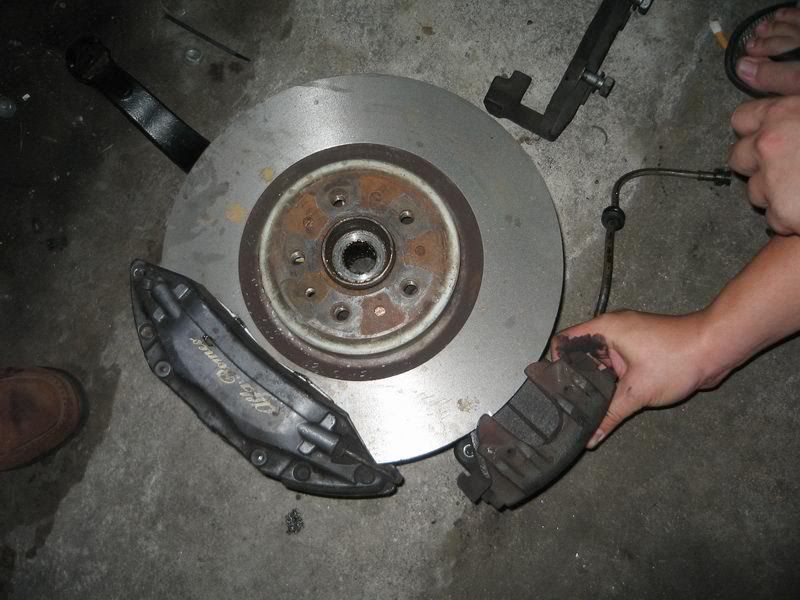Barracuda_82
Member
- Joined
- Nov 9, 2015
- Location
- Sweden
I removed the brake booster on my '70 Volvo 142 and I'd like to replace this with a smaller master cylinder. I'd like to have some more room for the B230 engine and GT30 turbo.
I am going to customize all brakelines, calipers, discs, etc. and I'd like to get rid of that huge obstacle in the engine bay.
Can I replace the booster with a big master cylinder? Or will the brakes become too hard to operate? And if so: has anybody done this before and what are their experiences?
Or is it wiser to invest some money in a "stand alone" pedalbox?
Keep in mind: the car isn't going to be a road-car. The purpose is to hoon and drift it, so it doens't have to be comfortable and I like some above average feel in the pedals.
I am going to customize all brakelines, calipers, discs, etc. and I'd like to get rid of that huge obstacle in the engine bay.
Can I replace the booster with a big master cylinder? Or will the brakes become too hard to operate? And if so: has anybody done this before and what are their experiences?
Or is it wiser to invest some money in a "stand alone" pedalbox?
Keep in mind: the car isn't going to be a road-car. The purpose is to hoon and drift it, so it doens't have to be comfortable and I like some above average feel in the pedals.





